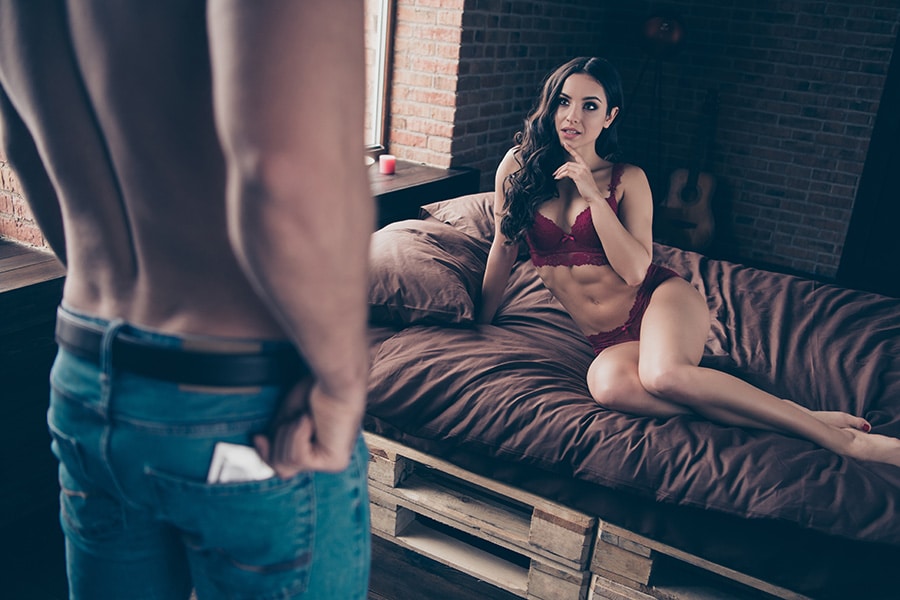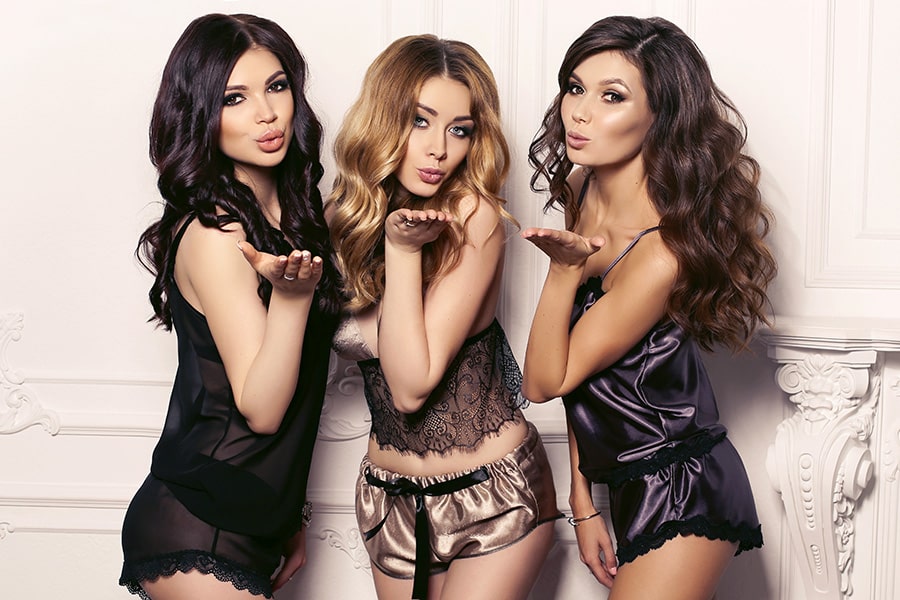From Vaudeville to Vibrance: The Evolution of Striptease
As we waltz through history into the 19th and early 20th centuries, the art of stripping began to shimmy away from its ancient sacred roots, transitioning into the limelight of popular entertainment. This era marked a pivotal chapter in the evolution of striptease, from vaudeville’s cheeky acts to the glamorous and somewhat notorious burlesque shows.
Vaudeville: The Saucy Beginnings
The vaudeville stage was a melting pot of entertainment, offering everything from singing and comedy to magic tricks and yes, the early forms of striptease. These performances were less about the act of undressing and more about the tease; they were flirtatious, not explicit, with performers using fans, feathers, and quick winks to engage the audience playfully. This era’s striptease was about suggestion and allure, leaving much to the audience’s imagination.
Enter Burlesque: The Art of Seduction
As vaudeville faded, burlesque theatres took the spotlight, turning the tease into an art form. Burlesque introduced a bolder form of entertainment that included elaborate costumes, humorous skits, and a more theatrical approach to striptease. Icons like Gypsy Rose Lee and Mae West became synonymous with this era, known for their wit and the elegance with which they handled the striptease. Gypsy Rose Lee, in particular, elevated the striptease to a form of high art, combining intelligence, humor, and sensuality that captivated audiences and challenged their expectations.
The Golden Age of Burlesque
The 1930s to 1950s are often referred to as the Golden Age of Burlesque. During this time, the performances became even more elaborate, with detailed backdrops, intricate costumes, and routines that often parodied societal norms and politics. The striptease was now a full-blown theatrical affair, with performers mastering the art of the slow reveal, turning each performance into a narrative that teased as much with the story as it did with skin.
The Cultural Pushback
Despite its popularity, burlesque and striptease were not without their critics. Many viewed these performances as immoral, leading to legal battles and censorship. The 1950s saw a significant crackdown on burlesque shows, pushing them further underground. This repression ironically only fueled the mystique and allure of striptease, embedding it deeper into the fabric of popular culture.
Transition to Modern Striptease
As the conservative veneer of the mid-20th century began to crack, the sexual revolution of the 1960s and 70s rekindled public interest in the art of striptease. The renaissance of striptease saw it morph into more explicit forms, which laid the groundwork for the modern strip clubs and adult entertainment industries of today. The shift was significant, moving from theatrical burlesque shows to more direct and less adorned forms of striptease.
This period marked the full commercialization of striptease, where the act became both more accessible and more explicitly linked to the adult entertainment industry. Yet, despite these changes, the core of striptease remained—an enchanting dance between the seen and the unseen, the revealed and the concealed.
Here’s a list of famous strip teasers from the late 1800s through the vaudeville era:
1. Lydia Thompson (1838–1908)
Lydia Thompson was a British actress and burlesque performer who brought her troupe, the “British Blondes,” to America in the late 1860s. Her shows were known for their suggestive humor and risqué costumes, which helped shape early American burlesque and paved the way for the future of striptease.
2. Little Egypt (Farida Mazar Spyropoulos)
Little Egypt became famous for her “belly dancing” act at the 1893 Chicago World’s Fair. Though she wasn’t a traditional striptease artist, her seductive style and exotic dancing influenced the world of erotic entertainment, especially vaudeville and burlesque.
3. Mademoiselle Fifi
A star in Paris and early 20th-century vaudeville, Mademoiselle Fifi performed in a burlesque act that flirted with nudity, often playing on themes of French exoticism. Her performances would inspire American entertainers in the vaudeville circuit.
4. Sally Rand (1904–1979)
Famous for her fan dance, Sally Rand became a vaudeville sensation in the 1920s and 1930s. Her feathered fans, strategically used to hide and reveal parts of her body, created the illusion of nudity without fully revealing anything, making her act both alluring and artistic.
5. Gypsy Rose Lee (1911–1970)
Gypsy Rose Lee was one of the most iconic burlesque performers of the 1930s. Her witty and sophisticated striptease acts made her a national sensation. She became the face of American burlesque and later wrote her memoirs, which inspired the Broadway musical Gypsy.
6. Ann Corio (1909–1999)
Ann Corio was a leading burlesque star in the 1930s and 1940s, known for her glamorous routines. After burlesque declined, she transitioned to acting and later wrote a book called This Was Burlesque, celebrating the art of striptease and vaudeville performance.
7. Lili St. Cyr (1918–1999)
Though she rose to prominence slightly after the vaudeville era, Lili St. Cyr was a leading star in the world of burlesque. Her elaborate stage acts and beauty made her one of the most famous striptease artists of the mid-20th century.
8. Evangeline “Eva” Tanguay (1878–1947)
Dubbed “The Girl Who Made Vaudeville Famous,” Eva Tanguay was known for her brash, bold stage persona and racy songs. While she didn’t strip completely, her wild performances and revealing costumes broke barriers for future striptease artists.
9. Mae West (1893–1980)
Although Mae West became better known for her film work, she began her career in vaudeville and burlesque. Her suggestive humor and double entendres were controversial for the time, and she helped normalize bawdy humor and sensuality in entertainment.
10. Carrie Finnell (1890–1959)
Carrie Finnell was known for her mastery of the “bump and grind,” a provocative movement that became a staple in striptease acts. She was a star in the burlesque world and performed well into the mid-20th century.
These pioneers laid the foundation for modern striptease and burlesque, blending humor, performance art, and sensuality.
As we close the curtains on this vibrant chapter of striptease history, we see a form of entertainment that has continuously adapted and evolved, yet always kept its core promise: to enchant, entertain, and seduce. From the stages of ancient temples to the bright lights of Las Vegas, striptease has proved enduring, always finding new ways to weave its tantalizing spell over an audience ready to be captivated.




